by Richard Massey
Stuart was born in Brooklyn, New York in 1955, before it was cool. He grew up on the nearby suburban Long Island. While in junior high school, he got his first camera: a Yashica 35mm TL Super. Stuart developed black and white film and printed it.
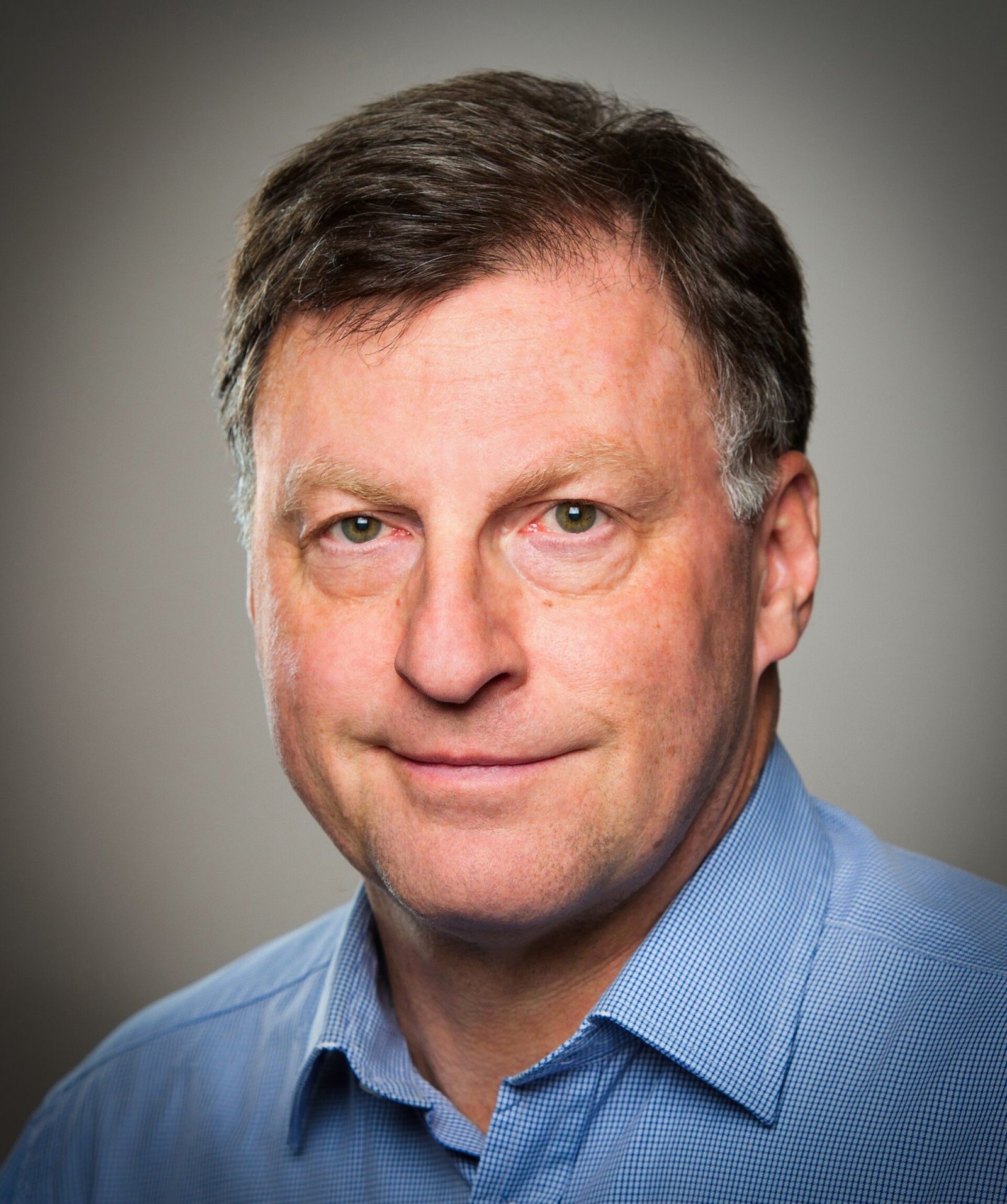
In high school, he took a film-making (Super 8) class where Stuart made two short stop motion animated films, one with objects and the other with photos cut out of magazines. His final project was co-making a live action movie that was a takeoff on the comedy The President’s Analyst. The films had soundtracks on reel-to-reel tapes that were later synchronized with the footage (that had been converted to video) so they could be posted to his YouTube channel: www.youtube.com/@StuartSkalka. During high school he sometimes went to Manhattan to buy photo gear and do a bit of exploring.
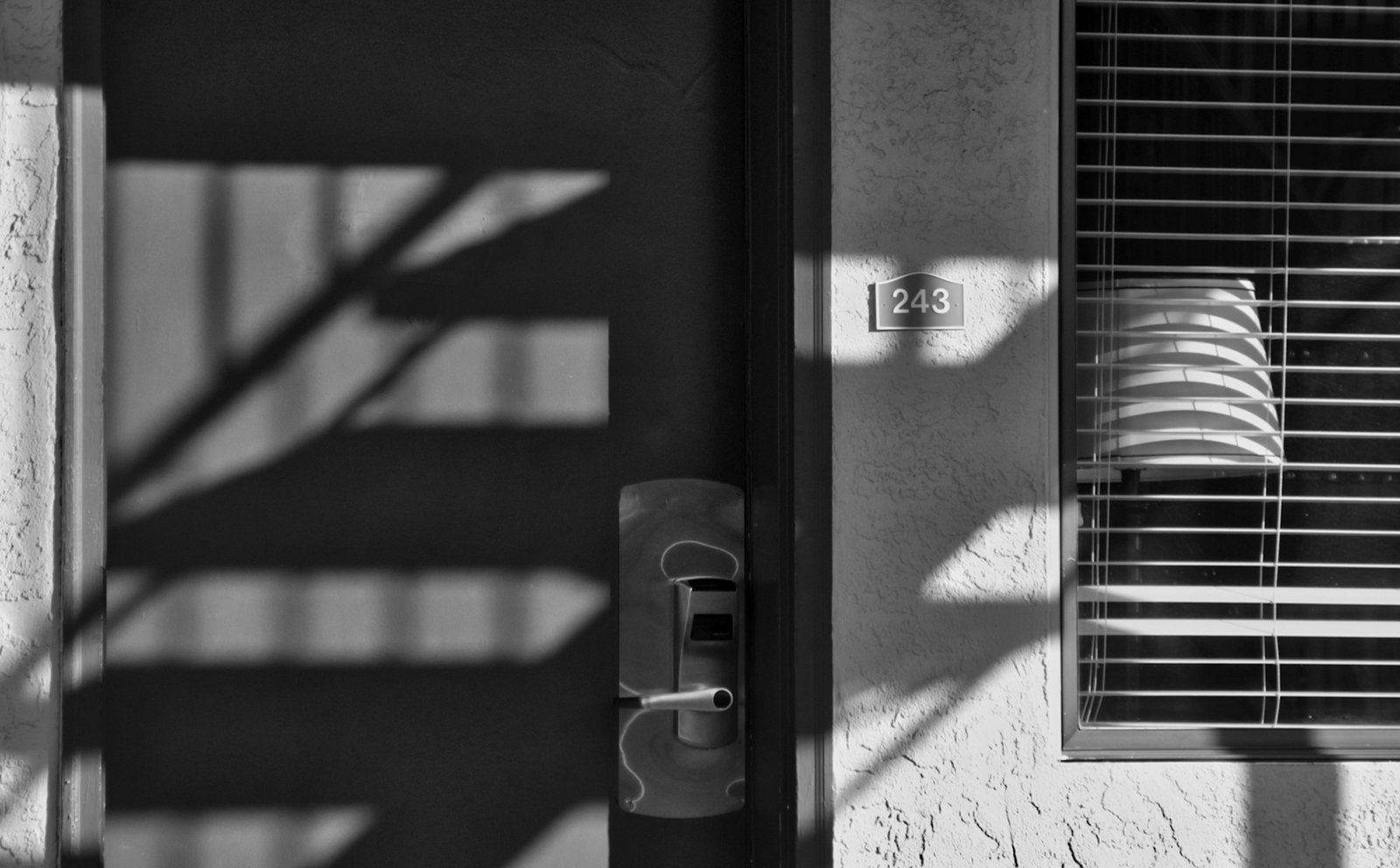
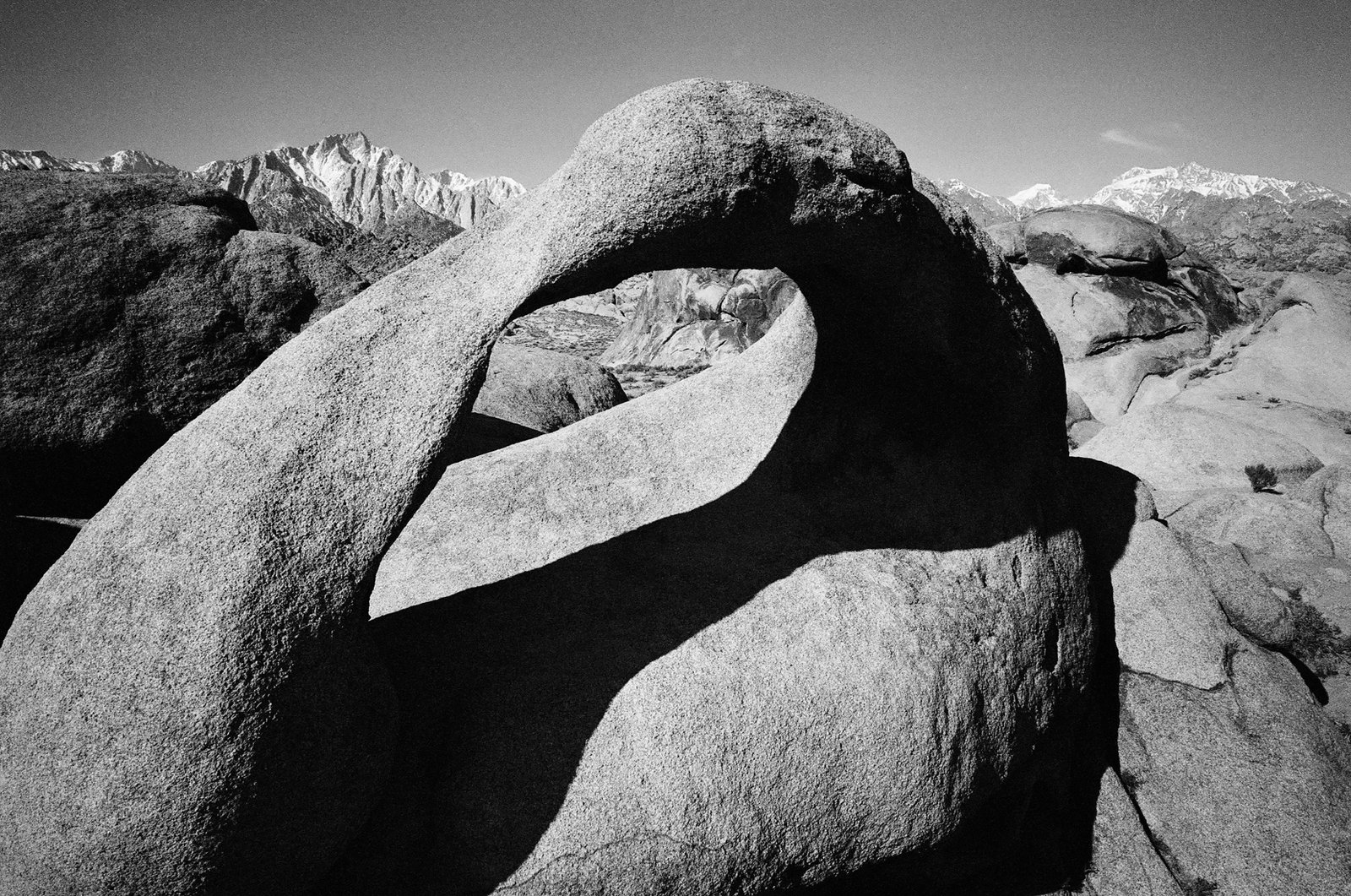
Hot August Nights. SS:

Stuart graduated from the Massachusetts Institute of Technology with a degree in Computer Science in 1977, and then earned an MBA in Finance in 1979 from the Wharton School. He moved to Manhattan in 1980. Stuart’s first job was in finance with Pan American Airways. The big perk of the job was that he was able to fly for free to all inhabited continents (on standby), which gave Stuart the travel bug.
Oaxaca, Mexico during Dia de los Muertos. SS :
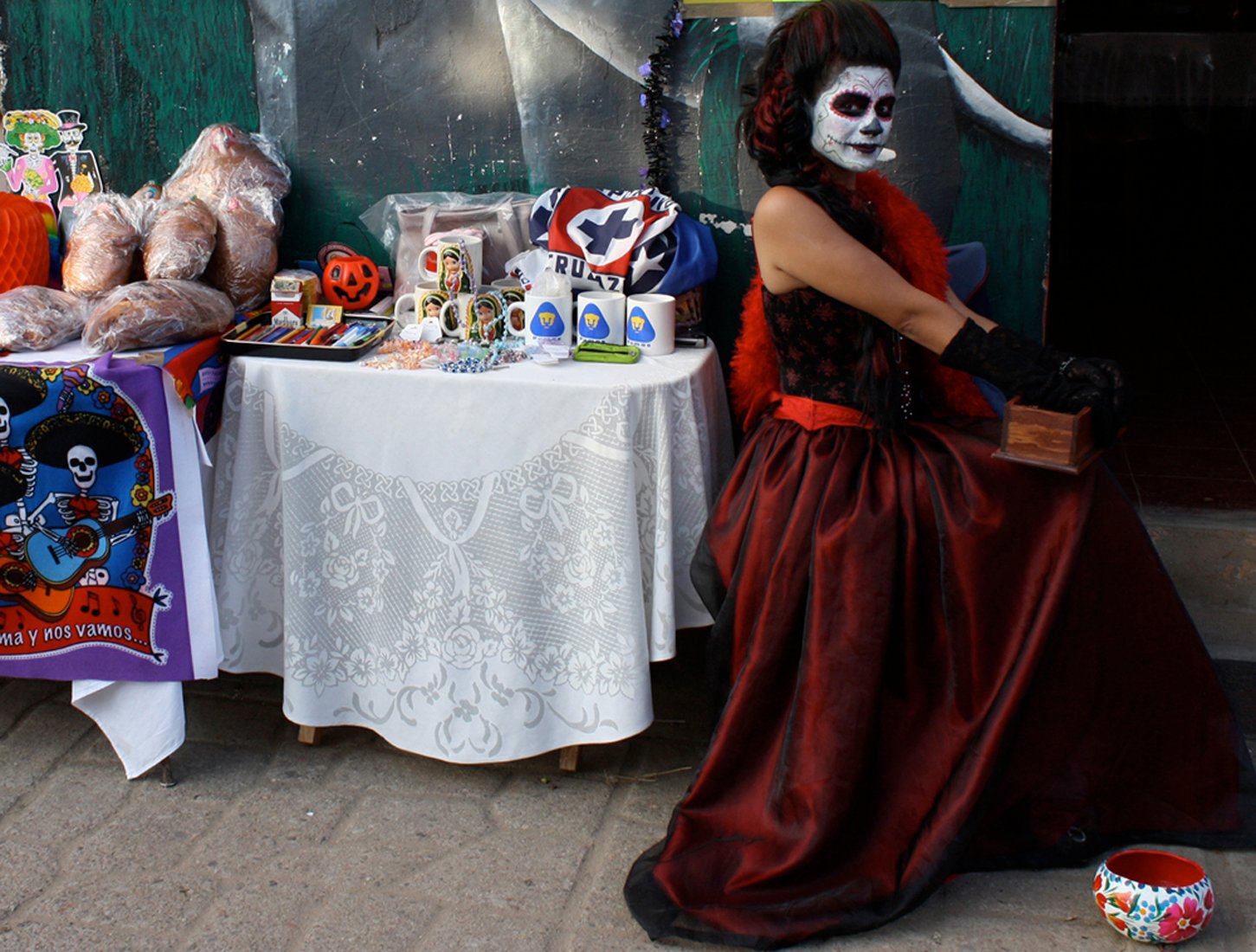
Musk ox in Greenland . SS :
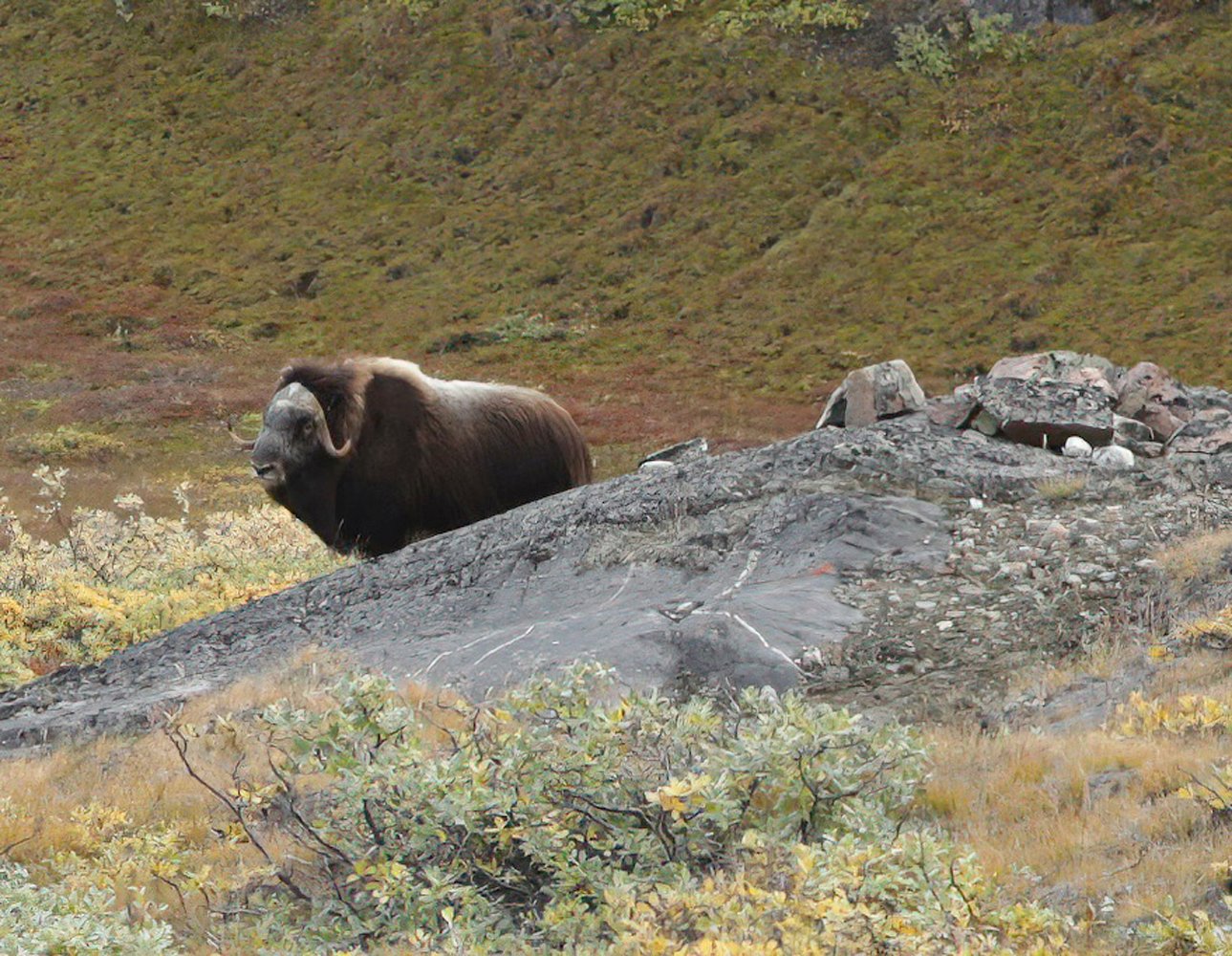
As a result, he experienced many places and cultures. From the icy shores of Greenland to the sweltering humid jungles of the Amazon, Stuart’s camera has captured striking images that have been on display in galleries in the US, Greece, and the Czech Republic. He has won multiple awards from galleries and online photo organizations.
Opera House, Manaus, Brazil. SS:
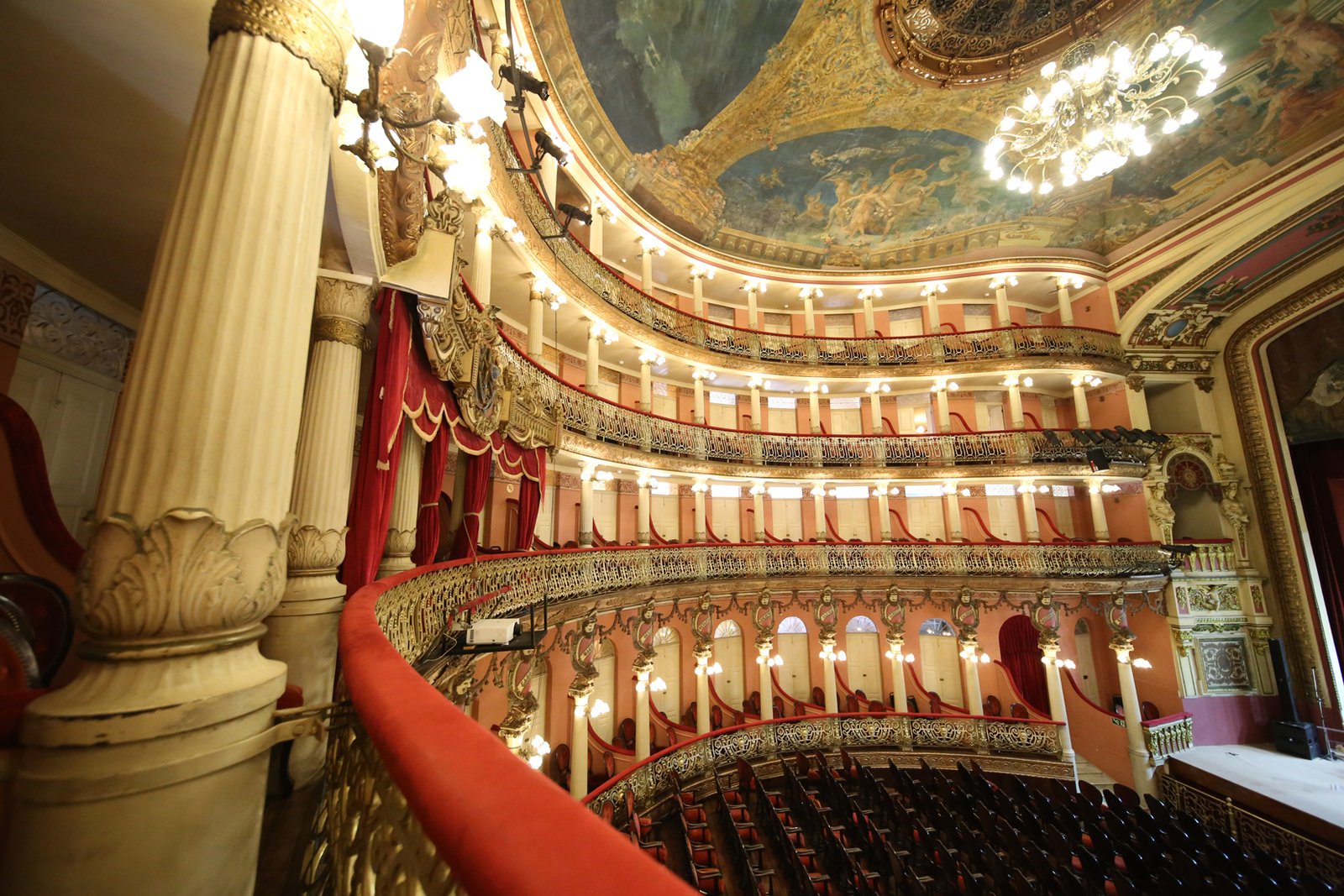

Although Stuart has visited every continent but Antarctica, the Big Apple remains his favorite photo destination. He is going to Antarctica in February. Stuart most recently photographed Sicily, Uzbekistan, and Tunisia.
Wedding photography with the Brooklyn Bridge and Manhattan in the background. SS
He has been inspired by many of the great photographers who came before him. Among Stuart’s favorite photographers are Henri Cartier-Bresson and Diane Arbus. He enjoys roaming through the towering concrete canyons of Wall Street. Old store fronts, billboards, deep shadow patterns, old cars, and serendipitous street photos are among Stuart’s favorite subjects.
Although he has done many types of photography, he finds street photography of people to be the most challenging of all. As he told me, “Because this type of photography is so difficult, it’s also been the most rewarding. Since I can’t pose the people, capturing an interesting composition is tough but quite satisfying.” The ultimate in street photography is to capture what Henri Cartier-Bresson called “the decisive moment.”
Model Shoot, Downtown Manhattan NY. SS:
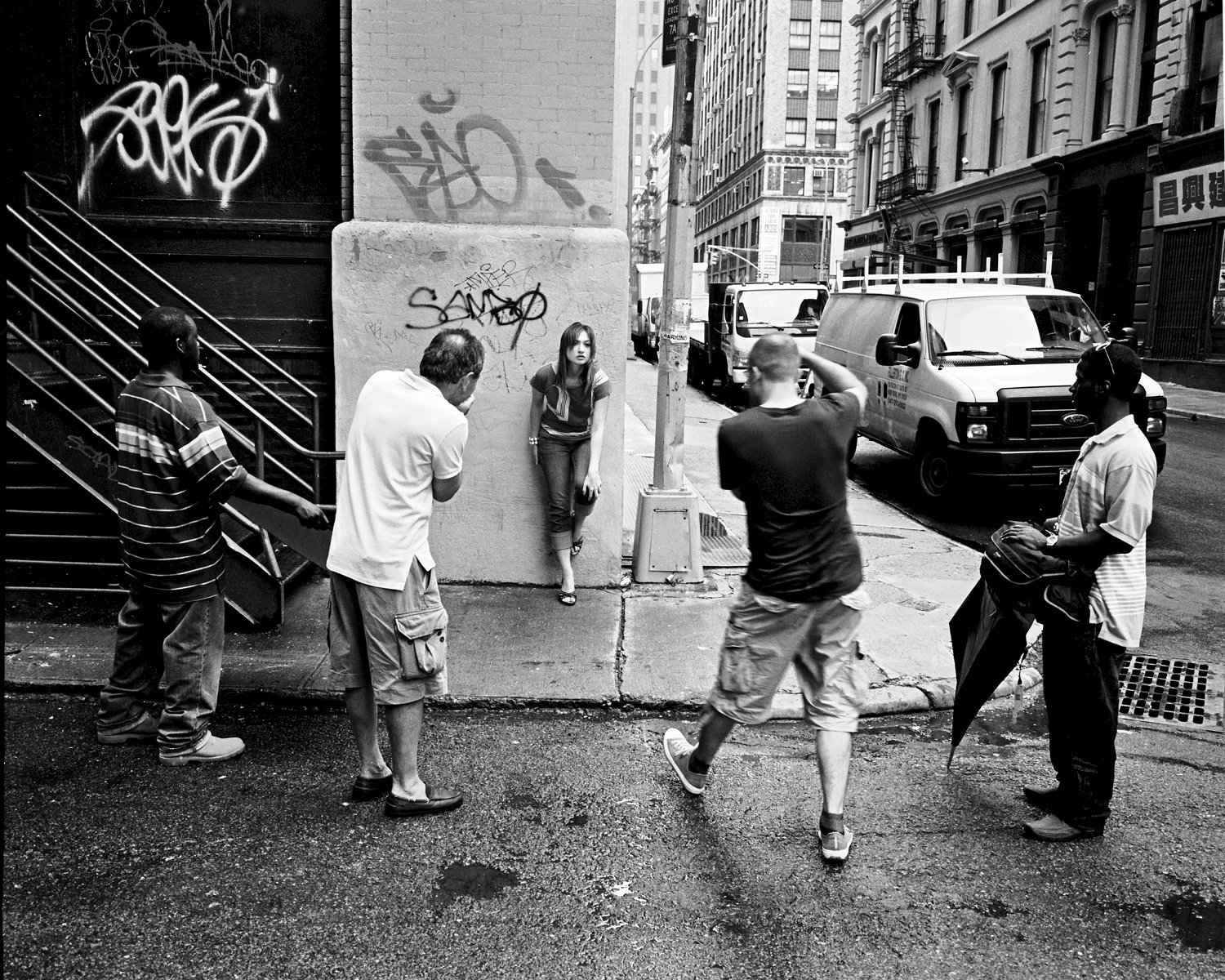
Stuart has an extensive collection of classic and exotic cameras, 35mm and 120 (medium format). Many of these I have borrowed to feature in my photography YouTube channel: www.youtube.com/@richardmasseyphotography. He is particularly fond of wide and ultra-wide-angle lenses. Stuart shoots with both digital and film cameras. He has visited Yerington several times and has produced several outstanding images of our town. Two are included here. See Shadows and The Barber Shop – Yerington NV (higher above).
Cathedral of Saint Mary of the Assumption – San Francisco CA. SS:

Beyond being a collector, Stuart has a deep appreciation for some of the early traditional methods of print making other than conventional silver-based chemistry. Some years ago, he took a palladium printing workshop at the Weston Collective, in Monterrey, CA where he printed some of his favorite B&W images. The workshop was taught by the grandson and great grandson of the famous black and white photographer Edward Weston. “Platinum/Palladium Printing was patented in the mid-1870’s and has never gone away. It provides an image that is soft, multi-dimensional in appearance and depending on your paper, developer and a few other items, you will get a beautiful brown to off-white appearance in your final product.” (*) Famous photographers who made palladium (and platinum) prints include Weston, Imogen Cunningham, Irving Penn, Edward Steichen, and Alfred Stieglitz.
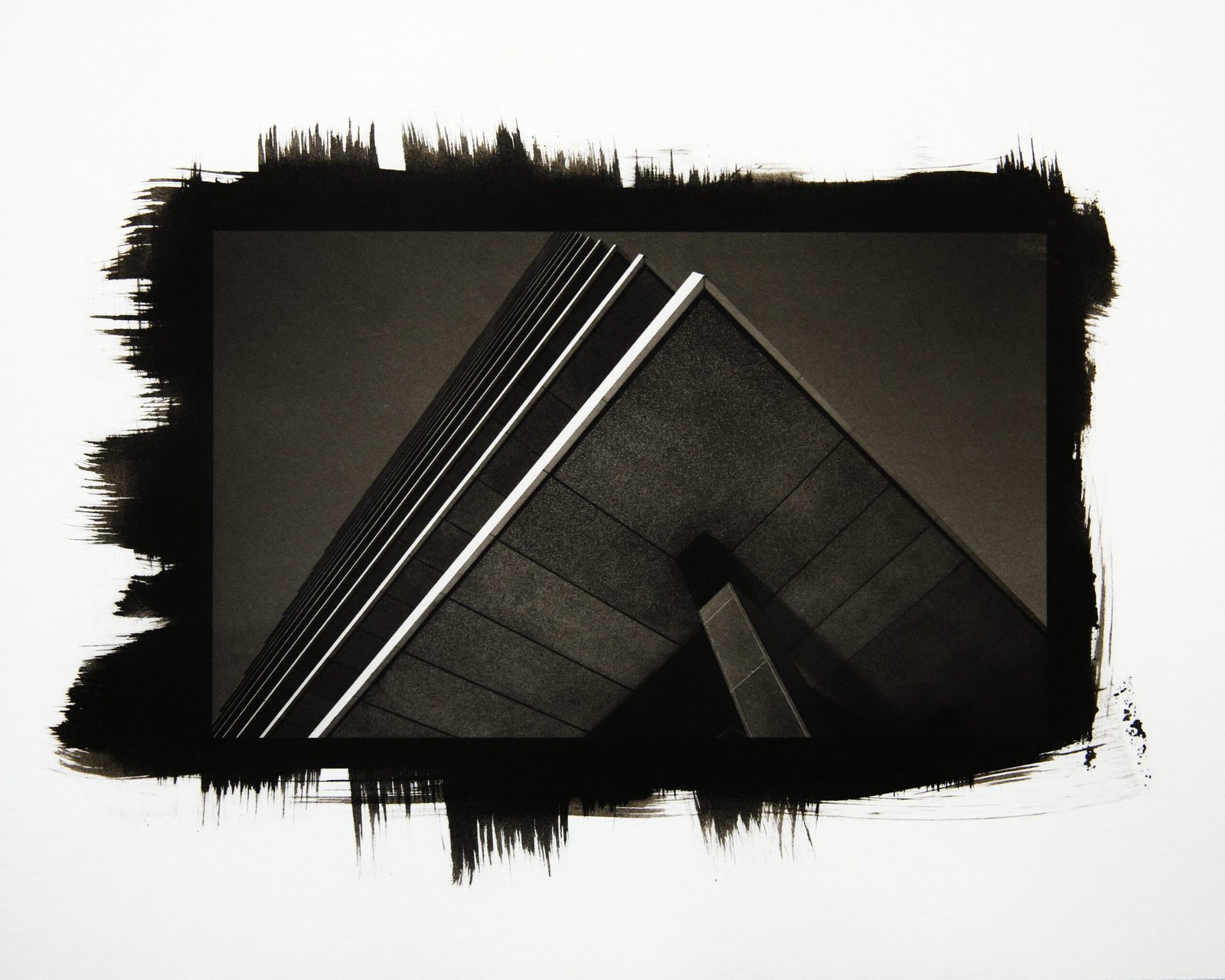
Stuart Skalka’s advice to budding photographers: “Quantity is the enemy of quality. Find great photographers who shoot subjects you do (e.g. landscapes) and read how they worked. After you learn how your camera works in auto mode, try to shoot in manual. Slow down and take your time to make engaging images. Use a polarizing filter! Try wide and ultra-wide lenses. Experiment with B&W. (The Yerington motel photo was converted to B&W using Silver Efex.) Look at and read about famous paintings to learn composition.” Note: A Guide to Better Photography, by Berenice Abbott, which was published in 1944, provides a good explanation.


The Strip – Las Vegas NV. SS :

To see more of Mr. Skalka’s work: https://skalka.smugmug.com/
https://www.modelmayhem.com/portfolio/1799710/viewall
(*) https://emulsive.org/articles/an-introduction-to-platinum-palladium-printing-by-scott-hays
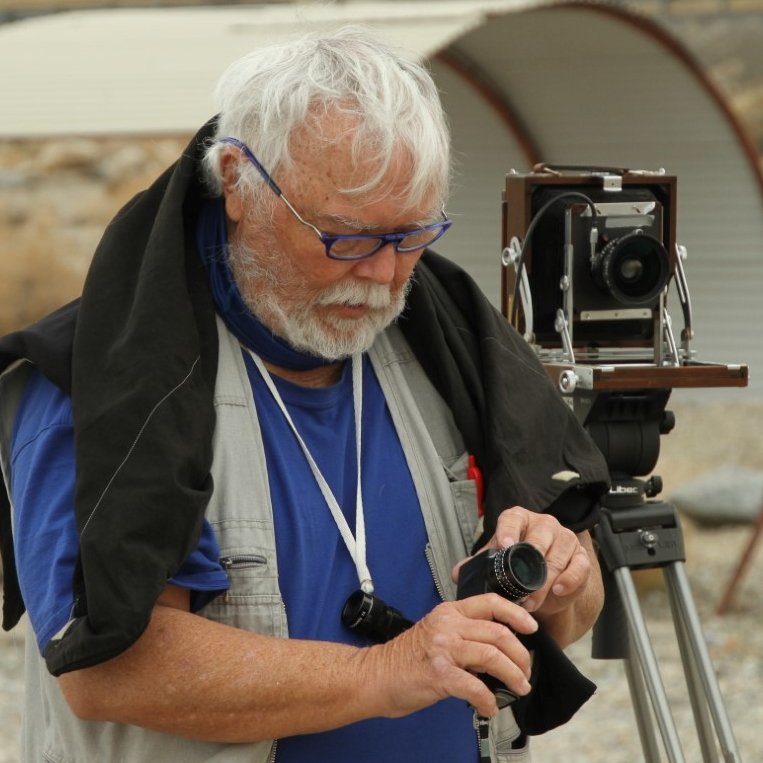
Richard Massey is an international award-winning photojournalist and freelance-writer. He has a passion for film and does much of his photography using vintage film cameras…as seen here. His interest in teaching has led him to start a photography YouTube channel: https://www.youtube.com/channel/UChdW0Jjsca47EpKE5N_jtag
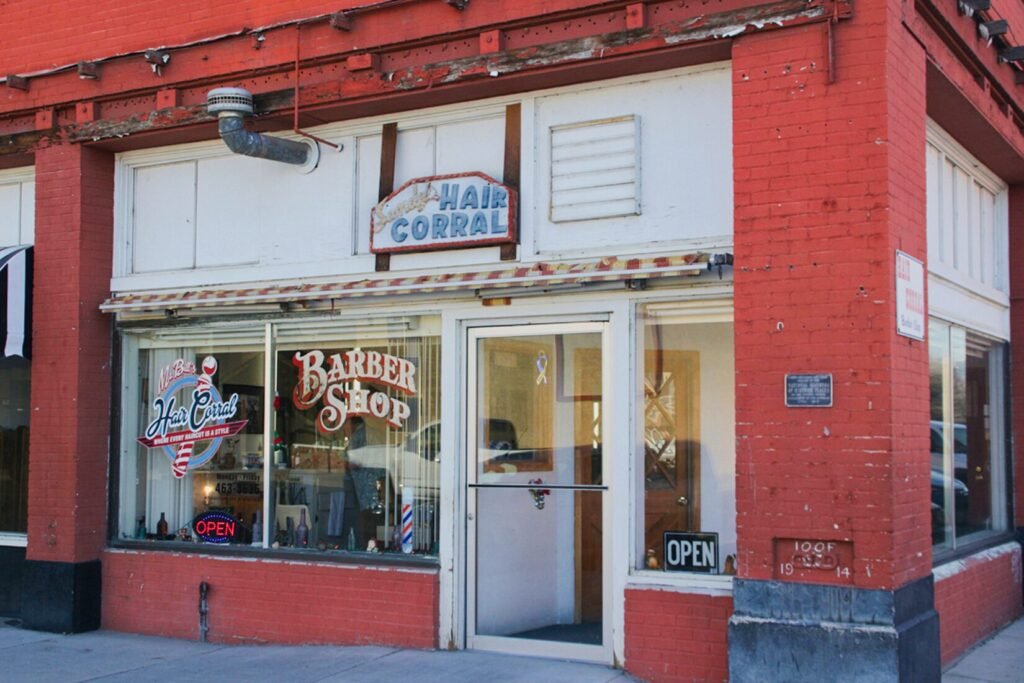
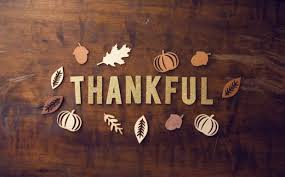

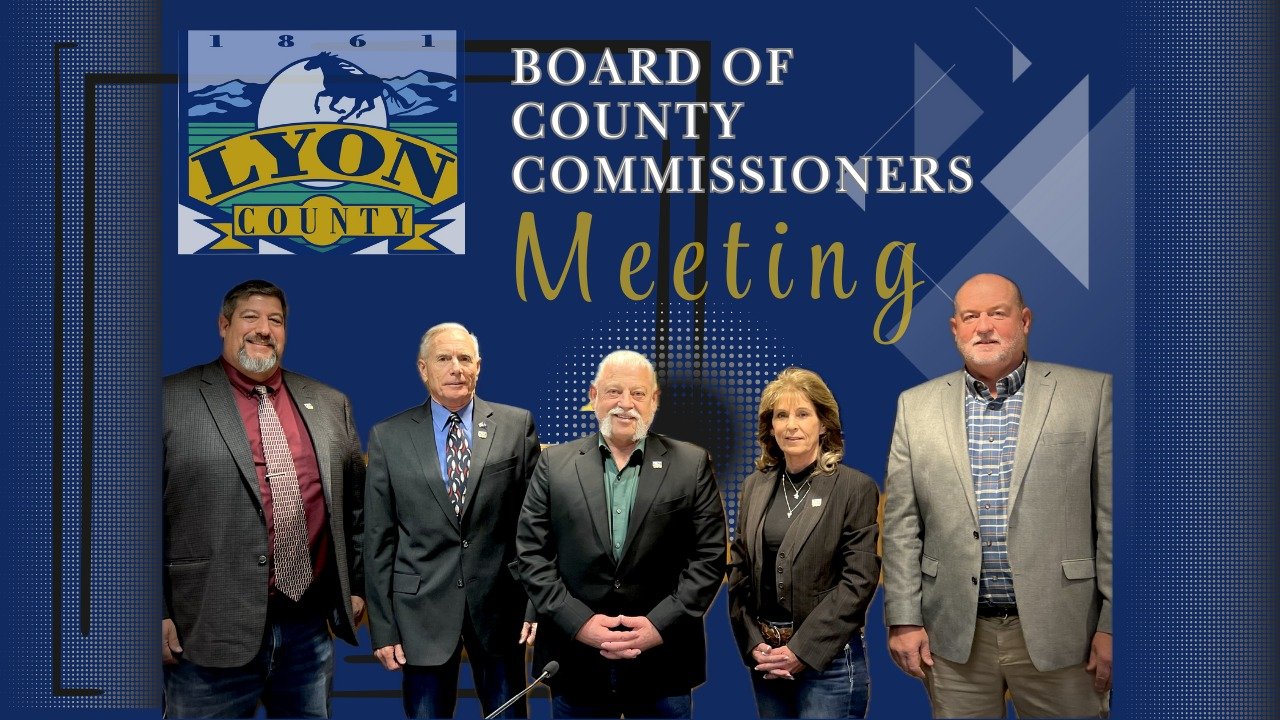
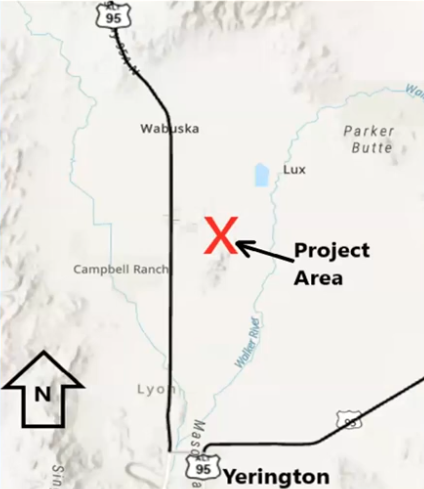
More Stories
Richard Massey’s Spotlight on Nevada: The Historic Railroad Hiking Trail near Hoover Dam
Through A Child’s Eyes Foundation Brings a Formal Evening of Classical Music to Mason Valley
Ku Stevens Reps for Nike!